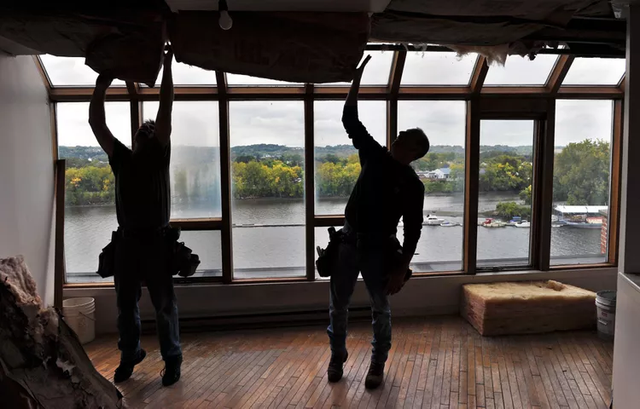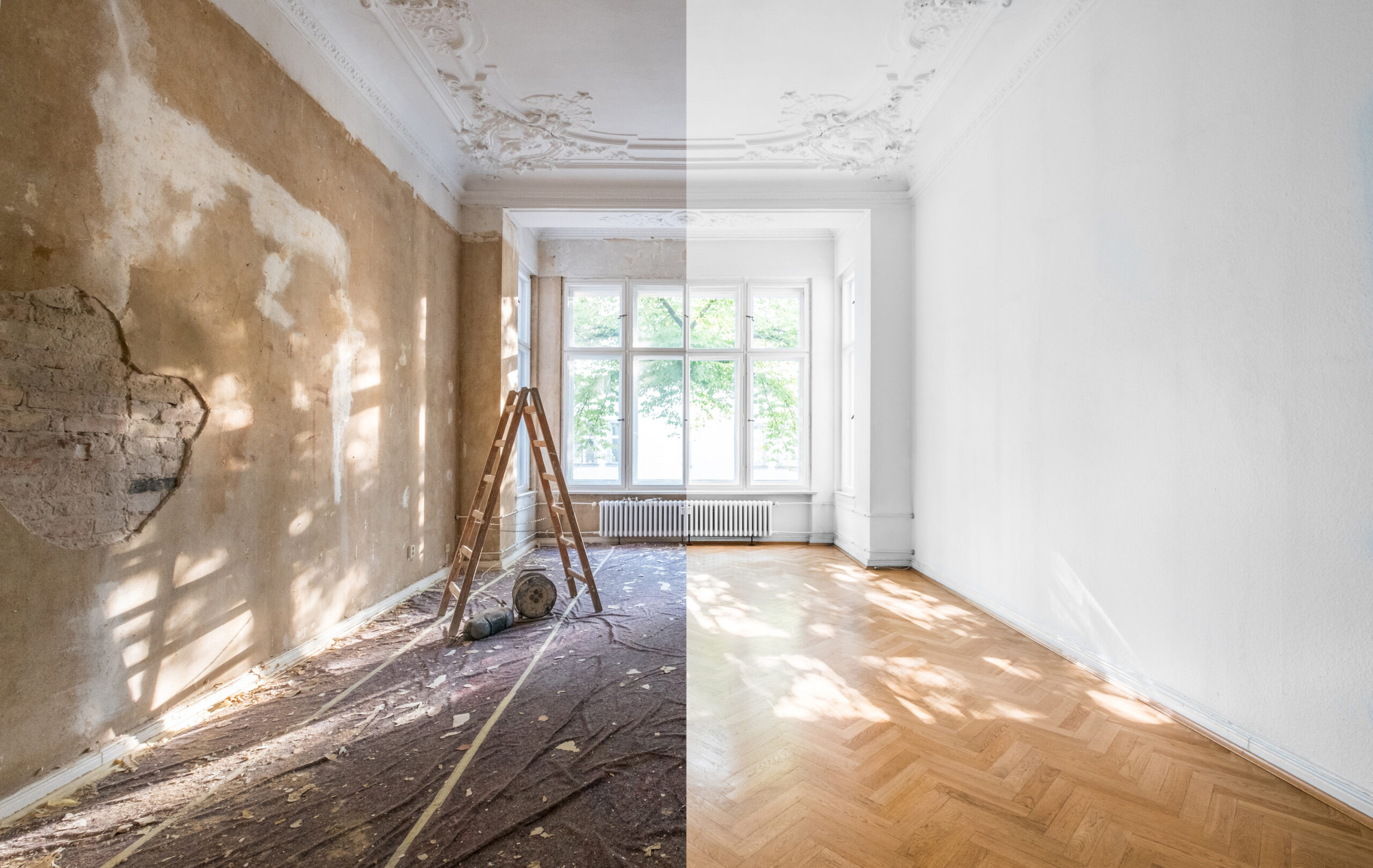
Terry Lane
March 24, 2025
Key Takeaways
- Home remodeling and repair expenses are expected to hit $608 billion in 2025, continuing a trend that started during the pandemic.
- The remodeling market has expanded by 27% since 2019, with spending on home upgrades and maintenance remaining high amid a slowdown in the housing market.
- Home affordability challenges are motivating owners to spend more on upkeep as they prepare for longer stays.
More homeowners are remodeling their residences rather than braving an increasingly pricey housing market, a new report showed.

Remodeling spending is expected to hit $608 billion in 2025, extending a surge that has come amid housing market changes that stemmed from the pandemic, according to a report from Harvard’s Joint Center for Housing Studies. The remodeling market has remained near the high level it hit in 2022, when spending jumped as housing prices soared and people moved in great numbers.
“This extraordinary boom was driven by strong growth in the number of owners undertaking projects and in average spending, bolstered by a healthy labor market, record-high property values, and aging homes in need of investment,” Harvard’s report said.
Remodeling spending has boomed since the pandemic, rising 27% between 2019 and 2023 when adjusted for inflation, the report showed. Meanwhile, Americans are sitting on trillions of dollars of home equity they can use to fund renovations—and buyers are increasingly willing to pay up for renovated propries.
“This remarkable growth is partly attributable to the unique circumstances of the pandemic, including surging homebuying and rental demand along with the increased time at home that both motivated and necessitated property upgrades and maintenance,” the report said.
Older Homes, Older Owners Means More Remodeling
As housing values soar and high mortgage rates make borrowing more difficult, a greater share of people are choosing to stay in their homes, rather than move, the report noted. The pandemic kicked off a surge in moving as homeowners sought bigger homes and different locations amid work-from-home rules, but Census Bureau data shows homeowner mobility has dropped off sharply since then.
Despite that, the report showed that homeowners continued to invest in remodeling projects— necessary repairs or discretionary upgrades meant to improve a house’s value—as home sales declined and the rental market began to slow in 2022.
Homes are also getting older, with the median age hitting 44 in 2023, according to Harvard. Demographics are also having an impact, with older owners having more to spend on home upgrades.
“Owners who remain in their homes may be more likely to undertake certain improvements to facilitate longer tenures and address changing needs,” the report said.
For Owners, Remodeling Can Pay Off
Studies show that remodeling could be worth it for homeowners looking to sell. A report from Zillow showed that buyers are willing to pay almost 4% more for a home that is already remodeled, a difference of more than $13,000 on the typical U.S. home.
Listings of remodeled homes also got more attention online, drawing 26% more daily saves and 30% more shares. Meanwhile, buyers said that they would expect to pay 8% less for a home that “needs work.” But while that could mean a savings of as much as $28,000, remodeling costs can quickly eat into those savings, the report noted.
“A remodeled home may come with a higher price tag, but a buyer would get to spread that additional cost over the course of a 30-year mortgage versus paying cash upfront to make similar upgrades themselves,” the report said.
As home improvement spending has increased over this period, so have costs. The average project spending total jumped to $4,700 per homeowner in 2023, up from $3,300 in 2019, the Harvard report showed. In 2023, the average professional project cost $7,800, while 44% of home improvement projects cost $50,000 or more.
The articles and opinions expressed in this document were gathered from a variety of sources, but are reviewed by Strickland Financial Group, LLC prior to its dissemination. Any articles written by Graham M. Strickland or Strickland Financial Group will include a ‘by line’ indicating the author. Strickland Financial Group provides a full range of financial services, including but not limited to: life, health, disability and long term care insurance, group and individual retirement plans and individual investments. Receipt of literature in no way implies suitability of product(s) in your financial plan. Strickland Financial Group maintains networking relationships with estate planning attorneys and tax professionals but does not itself offer legal or tax advice. Securities offered through Osaic Wealth Inc., Member FINRA/SIPC. Advisory services offered through S&S Wealth Management, LP (S&S). A Registered Investment Advisor. Osaic Wealth is separately owned and other entities and/or marketing names, products or services referenced here are independent of Osaic Wealth. Strickland Financial Group is not affiliated with S&S Wealth Management, LP.
This communication is strictly intended for individuals residing in the state(s) of TX, NE, OK and FL. No offers may be made or accepted from any resident outside the specific states referenced.

